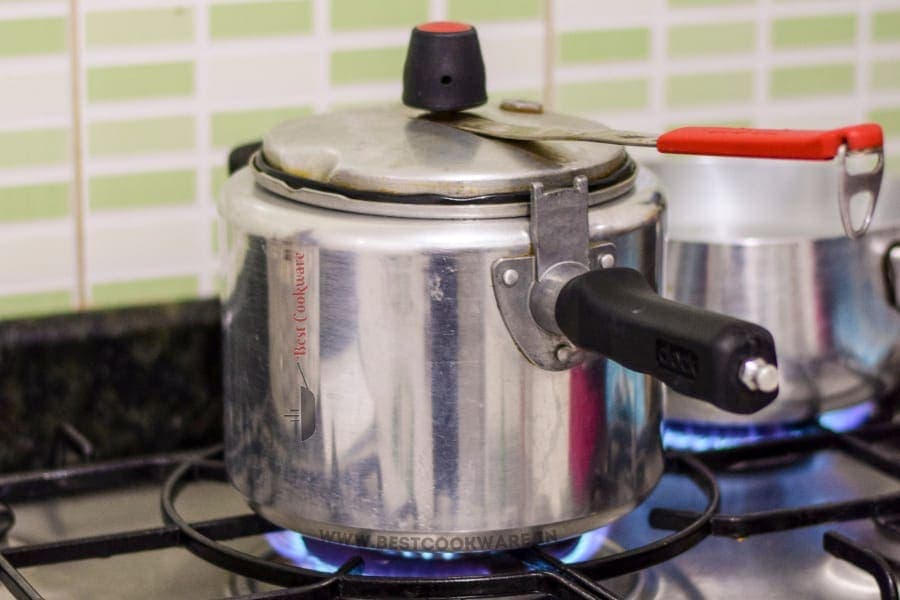Learning how to cook basmati rice in a pressure cooker is an art that can elevate your dining experience by giving you perfectly fluffy and aromatic rice every single time. Whether hosting a dinner party or preparing a simple family meal, mastering this method can make cooking more efficient and your meals more enjoyable. The beauty of basmati rice lies in its long, slender grains and delicate aromatic fragrance, making it a favorite choice among rice varieties. Cooking this rice in a pressure cooker ensures you save time, retain nutrients, and achieve the right texture without much hassle.

Understanding the Essentials: Basmati Rice and Pressure Cooker
Basmati rice, traditionally cultivated in the Indian subcontinent, is known for its distinct flavor and aroma, which comes from a natural compound found in the grain. When it comes to cooking, different methods can impact the final outcome of this rice. A pressure cooker is a versatile kitchen tool that cooks food quickly under pressure created by boiling water or broth inside. Knowing how to use this kitchen equipement properly can lead to quick and delightful meals.Explore pressure cooking for more insights on utilizing this appliance effectively.
Gathering the Ingredients and Tools
- 1 cup of basmati rice
- 1.5 cups of water
- A pinch of salt
- 1 tablespoon of ghee or butter (optional)
For a seamless cooking process, you’ll need the following tools:
- A pressure cooker
- A fine-mesh sieve for rinsing
- A cutting board
The Preparatory Steps: Rinsing and Measuring
To achieve that perfect fluffiness, you must start by rinsing your basmati rice thoroughly under running water. This step helps remove excess starch that causes the rice to be sticky. It also cleans away any impurities or unwanted materials. Use a fine-mesh sieve or a large strainer for this and continue rinsing until the water runs clear. Measuring the rice and water right is crucial for consistency. Ideally, the water-to-rice ratio for the pressure cooker method should be 1.5:1.
Bonus Tip: Soaking to Enhance Flavor
Soaking the rice for about 30 minutes before cooking can make a big difference in texture and taste. While this step is optional, it allows the grains to absorb moisture evenly and expands their length, giving you beautifully elongated rice once cooked. Discard the soaking water and use fresh water for cooking.
Pressure Cooker Setup and Cooking Process
Once your rice is clean and ready, it’s time to turn your attention to the pressure cooker. Preheat your cooker by putting it on low heat. Once warmed a little, add the ghee or butter if using. This fat adds richness to the rice and helps keep grains separate. Add the rinsed basmati rice to the pressure cooker and saut it lightly for 1-2 minutes. Then carefully pour the measured water over it, add a pinch of salt, and stir gently to combine all ingredients.
Seal your pressure cooker and cook on high heat until you hear the first whistle. Maintaining the perfect rice comes with managing the pressure correctly. Reduce the heat to low and cook for an additional 5-7 minutes. Then, turn off the heat and let your cooker naturally release pressure before opening the lid.
Alternative Flavor Variations
For those looking to experiment with flavors, consider throwing in aromatic spices like cardamom, cloves, or bay leaves into the cooker. They enhance the rice’s fragrance and introduce a subtle complexity to your dish.
Perfecting the Technique: Storage and Reheating
Cooking in bulk is always a good idea if you love basmati rice and want to save time on busy days. To store, let the rice cool completely before transferring it to airtight containers. Refrigerate for up to 4 days. Reheating can be done in a microwave or on the stovetop with a splash of water to maintain moisture.
Troubleshooting Common Rice Cooking Issues
Even the best cooks face challenges. Some common issues include rice being too sticky, overcooked, or undercooked. Fortunately, these issues are easily fixed by adjusting the water levels and cooking times accordingly. Remember to spend a little time to correctly measure the quantity of rice and water you require. Check out more kitchen tips for improvement.
Moreover, always clean your cookware such as your pressure cooker after each use to ensure it lasts longer and functions optimally. Use cookware cleaner for thorough maintenance.

Conclusion: Embrace the Simplicity of Pressure Cooking
With the right preparation and technique, cooking basmati rice in a pressure cooker can be straightforward and rewarding. The flavors of basmati rice pair wonderfully with various cuisines and dishes, from savory curries to sweet pilafs. All it takes is a bit of practice and an understanding of your tools. So, whip out your pressure cooker and embrace the simplicity of pressure cooking today. Once mastered, it’s a skill you’ll use time and again, further cementing your love for the culinary arts and impressing guests season after season.
This article contains affiliate links. We may earn a commission at no extra cost to you.


